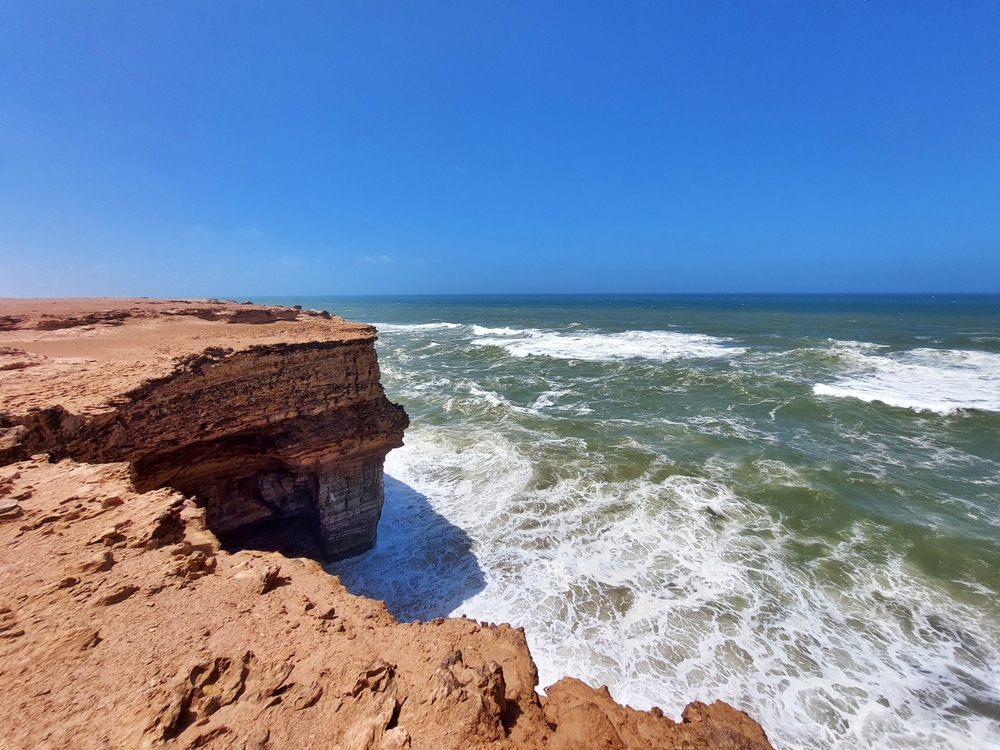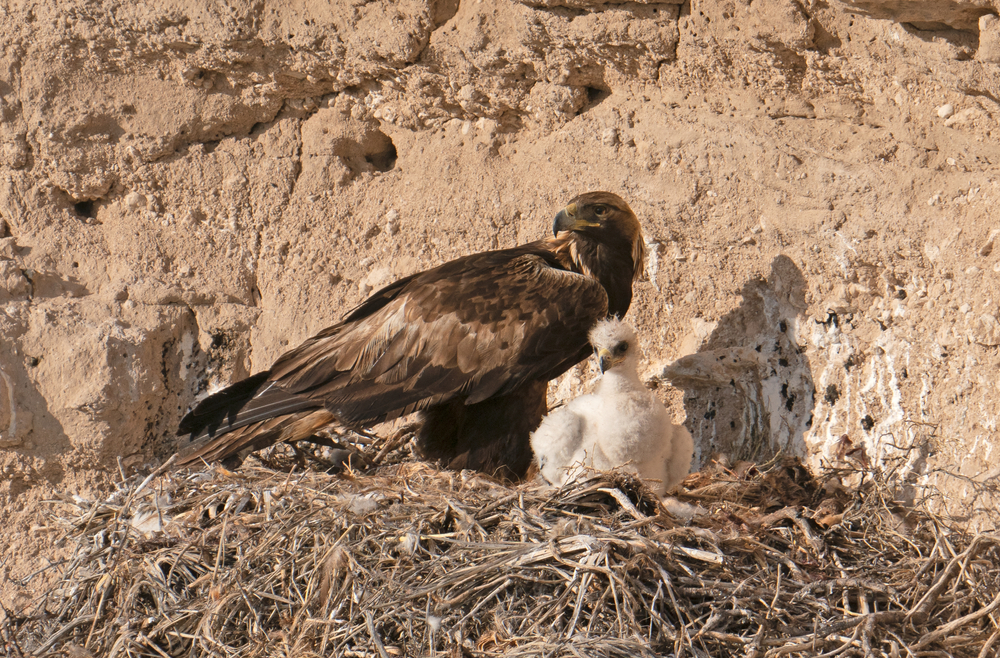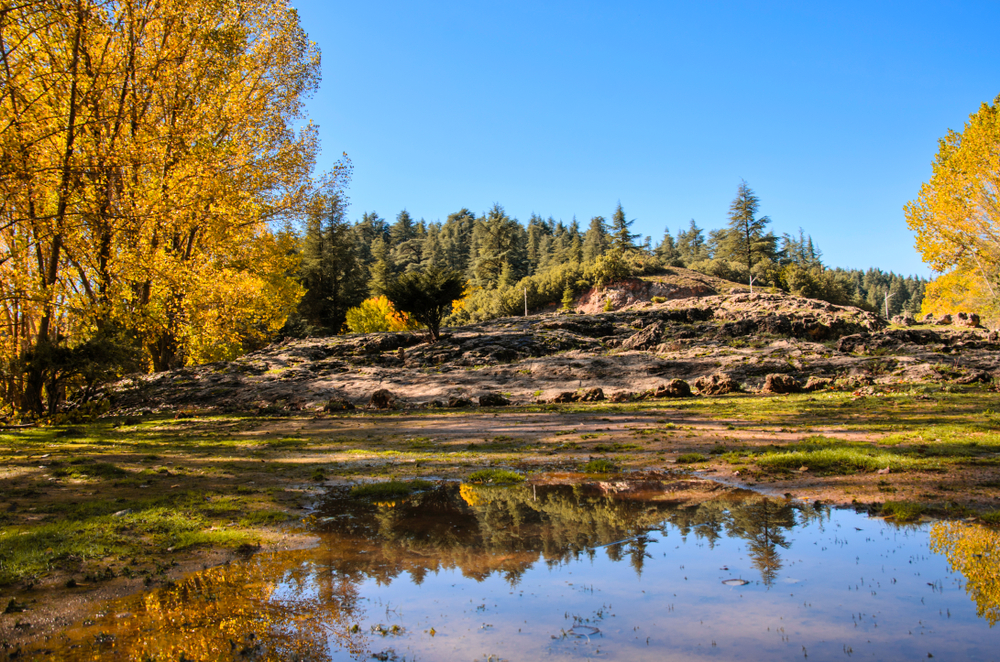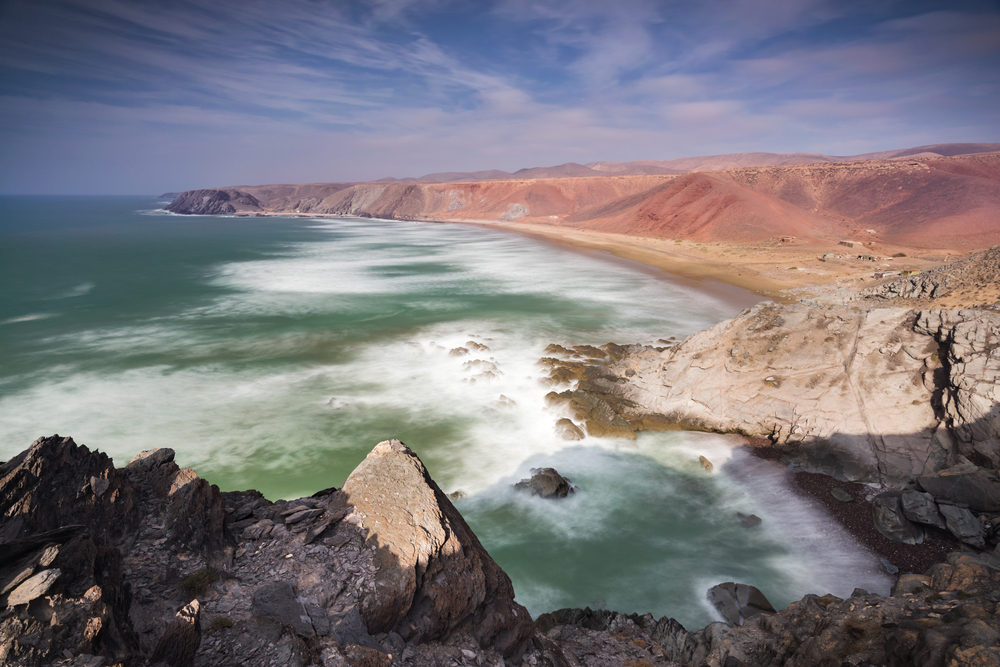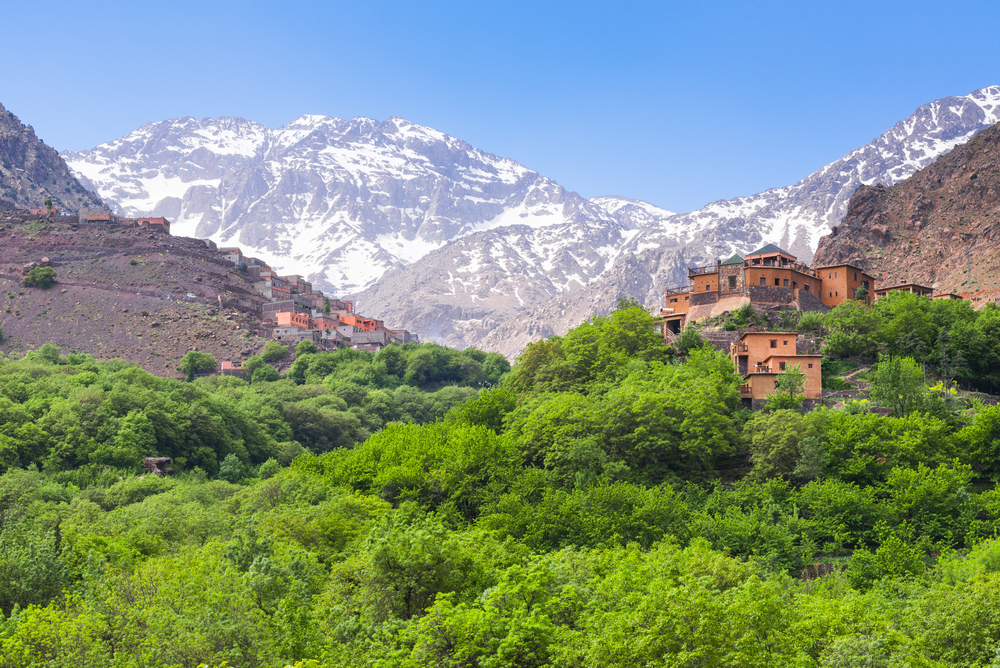Iriqui Overview
Iriqui National Park, locally known as “Parc National d’Iriqui,” is a remarkable protected area located in southern Morocco, between the Draa Valley and the vast dunes of the Sahara Desert. Established in 1994, the park covers approximately 123,000 hectares (475 square miles) and is renowned for its stark desert landscapes, ephemeral lakes, and rich cultural heritage. Iriqui serves as a vital habitat for wildlife and a critical link in Morocco’s efforts to preserve its unique desert ecosystems.
The terrain of Iriqui National Park is a diverse blend of arid plains, sand dunes, rocky plateaus, and dry lakebeds. The park’s centerpiece is Lake Iriqui, a seasonal salt pan that becomes a vibrant oasis after rare desert rains. During these times, the lake supports temporary wetlands, attracting migratory birds and rejuvenating the surrounding ecosystem. The vegetation is sparse but highly specialized, including acacia trees, tamarisks, and hardy desert shrubs that have adapted to survive in the extreme conditions.
Iriqui National Park is home to a variety of wildlife, many of which are well-adapted to its harsh desert environment. Mammals such as fennec foxes, dorcas gazelles, and golden jackals roam the arid plains, while reptiles like monitor lizards and geckos thrive in the rocky terrain. Bird species, including flamingos, storks, and sandgrouse, are often spotted near the lake during the wet season. The park also provides refuge for several endangered species, such as the houbara bustard and the Saharan cheetah, making it a critical area for conservation efforts.
Visitors to Iriqui National Park can experience its stark beauty and unique wildlife through guided desert treks and 4×4 expeditions that traverse its dunes and plateaus. Birdwatching is a highlight during the wet season when the ephemeral lake comes to life with migratory species. Visitors can also explore the region’s cultural heritage, including nearby Berber villages and ancient rock carvings that offer insights into the area’s rich history. Stargazing in the park’s vast, unpolluted skies is another unforgettable experience for travelers seeking a deeper connection to nature.
Despite its ecological and cultural importance, Iriqui National Park faces significant challenges. Overgrazing, desertification, and human encroachment threaten its fragile ecosystems, while climate change exacerbates the scarcity of water and impacts wildlife populations. Conservation efforts led by Moroccan authorities and environmental organizations focus on habitat restoration, sustainable tourism development, and community engagement. Educational programs aim to foster awareness among local populations about the value of preserving this unique desert landscape.
Iriqui National Park is a testament to the beauty and resilience of Morocco’s desert ecosystems. Its dramatic landscapes, rare wildlife, and cultural significance make it a must-visit destination for eco-tourists and adventurers. By protecting this extraordinary park, Morocco ensures the survival of its desert heritage and contributes to global biodiversity conservation efforts.












































































